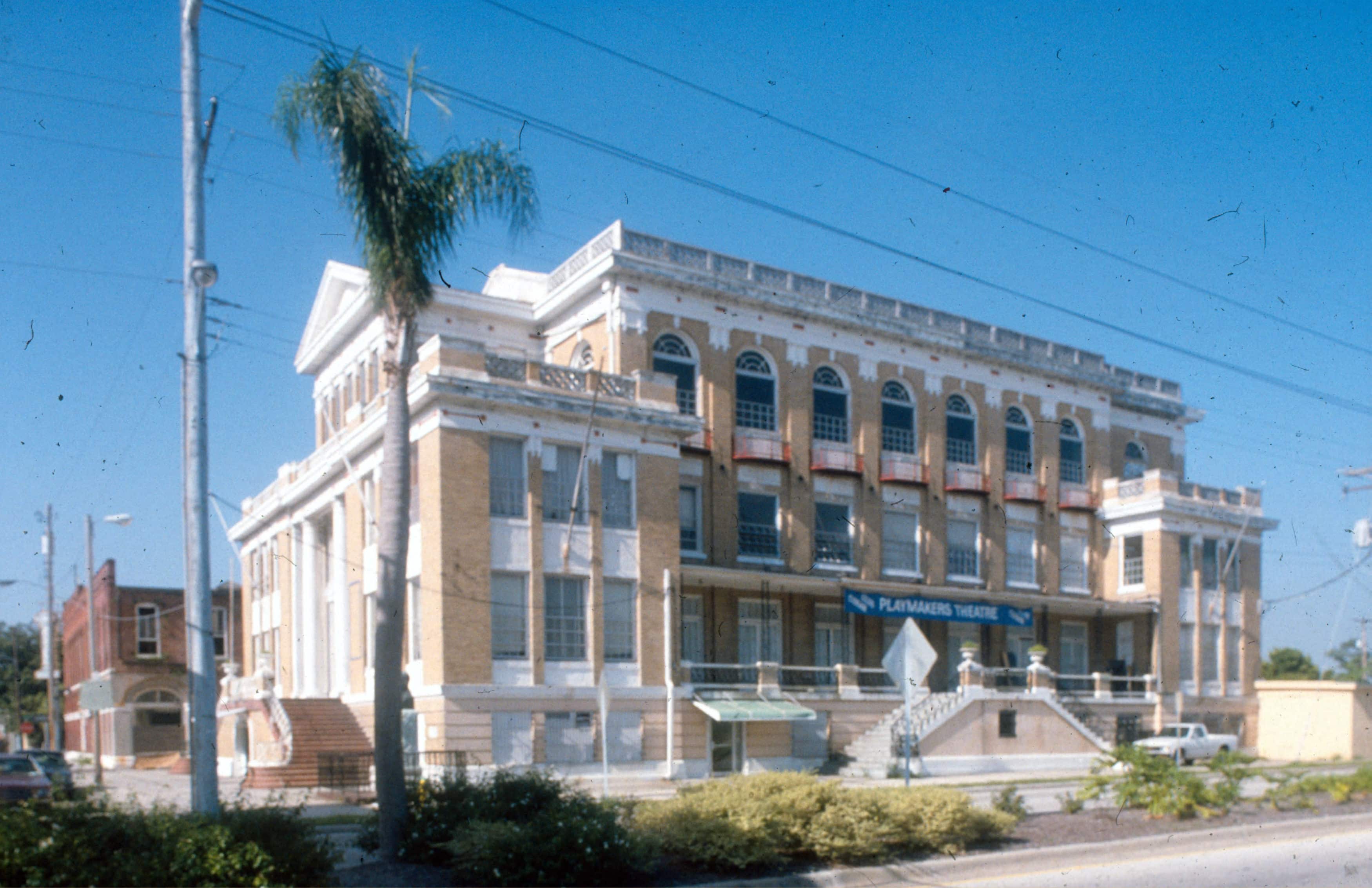
The House and Senate have included restoration funding for the historic Tampa Cuban Club in the chambers’ latest budget offers, but, at half the requested amount.
Sen. Darryl Rouson and Rep. Susan Valdes, both Tampa Bay Democrats, filed the respective appropriation requests (SF 1699, HB 3473) that ask the Department of Economic Opportunity for $1.2 million to help restore the fourth floor of Tampa’s 1917-era Cuban Club.
But, with tighter purse strings this year, both the House and Senate have opted to allocate only $600,000 to the restoration project — half of the anticipated cost. According to the funding requests, the state would bear the entirety of the estimated cost, with no other funding source listed for the specified renovations.
Tampa Bay lawmakers have unsuccessfully requested money for the restoration for several years now. The goal of the project is to reduce water intrusion in the building by replacing the gutter systems, pedestrian decks, windows, doors and Juliet balconies on the fourth floor ballroom area, as well as to paint the building and replace rotting wood.
It would also be used to replace and modernize the building’s outdated elevator including adding an outside entrance to better accommodate people with disabilities.
The current building, listed on the National Register of Historic Places, was constructed in 1917 after a fire destroyed the first clubhouse a year earlier. The four-story, yellow brick building with Neoclassical design elements sits on the original site and is used as an entertainment venue as well as an educational and cultural hub.
Other historic buildings in the area may not be so lucky with funding this year.
Restoration funding for Tampa’s historic Jackson Rooming House, which was constructed in 1901, was left out of initial offers from both the House and Senate. However, the House included full funding in its second offer and latest offer. Now, it’ll be up to the Senate to decide.
Rouson and Rep. Dianne Hart put in the appropriations requests (SF 1010, HB 3759), which sought $500,000 to continue ongoing renovations and restoration of the building. Last year, the Legislature approved the same amount of funding for the project, but it was cut in Gov. Ron DeSantis’ “Red Wedding” veto spree, spurred by expected revenue shortfalls due to the pandemic. The restoration began in September 2020.
The funding from the state would account for about a third of the cost for the continued renovations. The remainder of the funding is being provided by private donors, according to the requests, including Tampa Bay Lightning owner Jeff Vinik, who donated $1 million to the cause in November 2019.
The restoration is considered “critical to its survival,” according to the request. The historic building has been deteriorating rapidly over the past decade after shuttering in 1989. City officials have declared the structure unsafe and fenced it off.
The old boarding house, also on the U.S. National Register of Historic Places, is one of few remaining remnants of the Jim Crow era during which African Americans were not allowed to be guests in hotels and rooming houses patronized by White customers.
The 24-room building has hosted historical figures such as Martin Luther King Jr., Ella Fitzgerald, Cab Calloway, Billie Holiday and Nat “King” Cole.
In another request (SF 2063) from Rouson, the Senator seeks $2 million for the Italian Club of Tampa. According to the request, the club is in need of further preservation work as well as renovations to bring the building up to current code.
Last year, the Legislature approved $1 million for the club’s code compliance work, but it also fell victim to the Governor’s veto.
The state funding would account for about 81% of the total, with $455,104 coming from private donors. However, neither the House nor Senate has included the funding in any offers so far, and with a hefty price tag, it will likely be left out this year.
The Italian Club building is a registered historic landmark and the oldest Italian organization of its type in the U.S. It was built in 1918 and continues to serve as a meeting place, entertainment venue and cultural space. The building was designed by award-winning Tampa architects Leo Elliott and B.C. Bonfoey, who also designed the Cuban Club.



